what will it do?
I will build a sustainable and sustainable bus stop that will create a natural
environment for insects to find a place to feed, find shelter, also help
eliminate airborne pollutants and contribute to the decoration of the city,
Every day we lose more green areas, more and more cities are drowning in pollution, the most
affected are insects, 40% of insect species are in decline, Their extinction rate is eight times
faster than that of mammals, birds and reptiles. The total insect population is declining at a
rate of 2.5% per year, based on the best available data, suggesting that these species could disappear within a century
In the end, the most affected by its disappearance will be humans, imagine a world without pollination

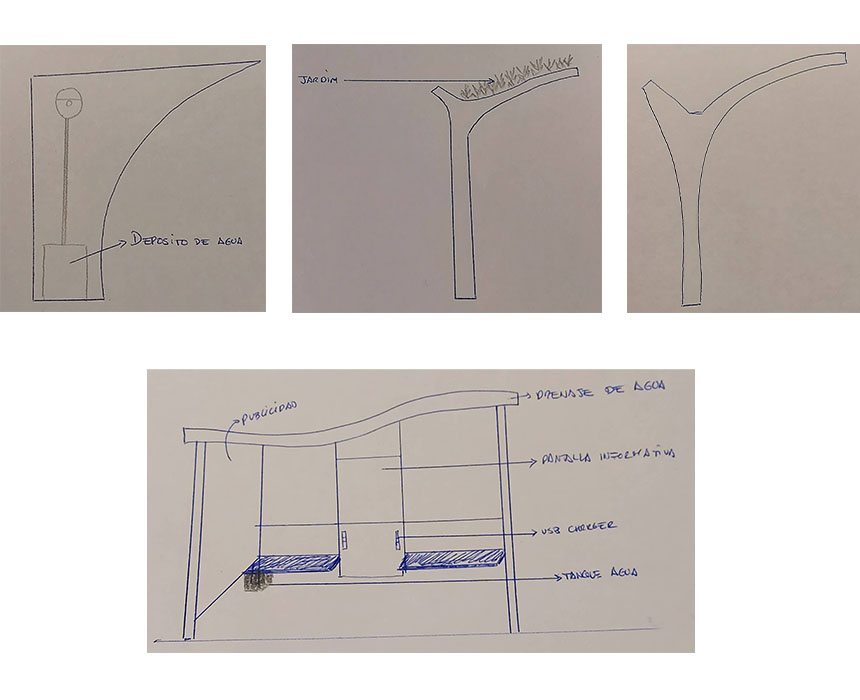


The idea of the project is to provide an oasis in the middle of the city, so that insects can find a refuge, this is not only
good for insects, in fact it is good for people, these bus stops will help reduce the suspended particles of air pollution
caused by CO2 emissions from vehicles
The idea is not new, we can already find it in Europe, but in a medium like Ecuador and especially in the city of Tulcan, the
bus stop must also be sustainable, it must be an independent ecosystem, self-sustaining that can support life with little or no maintenance
sustainable bus stops in the world
Who's done what beforehand?
We can find some places that have implemented bus stops, here are some interesting images and links
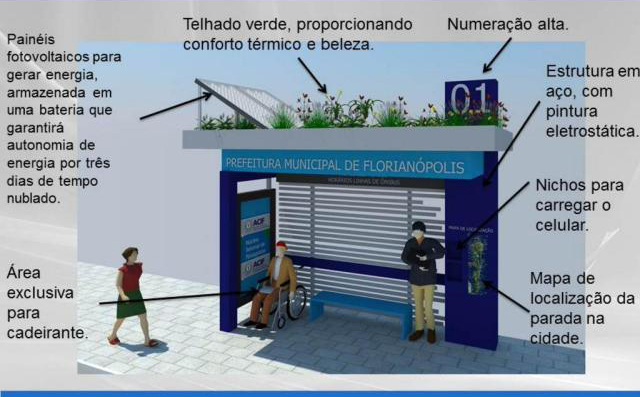 – Florianópolis,
Santa Catarina, Brasil:
– Florianópolis,
Santa Catarina, Brasil:
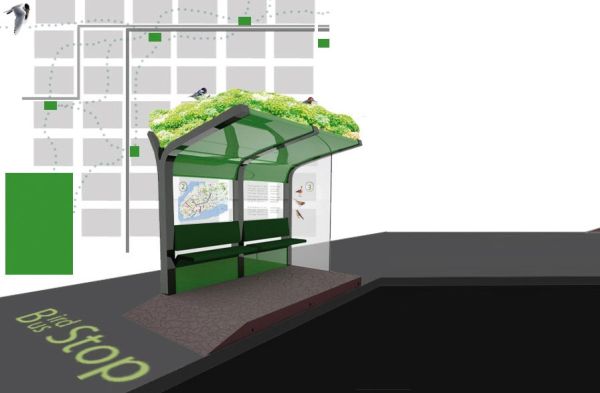 - Bird Bus Stop:
- Bird Bus Stop:
What will you design?

The idea is to design a structure that fulfills several functions, the first and most obvious will be used as a bus stop,
the second, a garden will be implemented on its roof that will help in two aspects, clean the air and the second provide a shelter.
to insects, the bus stop must require minimal maintenance, so when it rains it will store the excess liquid in a tank, and when
there is no rain, it will irrigate the plants, so it will have several sensors In addition, the bus stop
must be sustainable, so it will have motion sensors to better manage the light at night
What materials and components will be used?
I have to clarify that building a full-size bus stop, in my case it is almost impossible, for some reasons,
the Cnc machine necessary for the construction in my case is 60X90 cm, so the decision was made to manufacture
only a segment of the roof, and even this on a smaller scale, so the elements will have to be assembled,
The materials for the construction of the sustainable bus stop will be; 12mm mdf, 3mm acrylic, pvc, 4mm plywood,
pla, all the electronic elements described in the BOM, humidity sensors, movement, a water pump
where will they come from?
The electronic components were provided by our lab, the sensors were purchased from local suppliers, as well as the construction
materials such as mdf and acrylic, the plants were taken from the university's plant nursery.
how much will they cost?
To see the detail of the elements used and their cost, enter the following link,
BOM
what parts and systems will be made?
The bus stop will contain humidity sensors, which will allow to maintain the humidity parameters of the substrate on the roof, and
in this way allow the plants to develop correctly, it will also have motion sensors, which at night will allow the, bus stop does not
waste energy and that it works only when there are people using it, in addition to its external maintenance the water pump can be
activated by bluetooth and in the same way the lights if necessary,through the use of a mobile app, To integrate the electronics,
some cases will be made by 3D printing
for more detail you can see the assignments of:
input,
output,
networking,
Interface and Application Programming
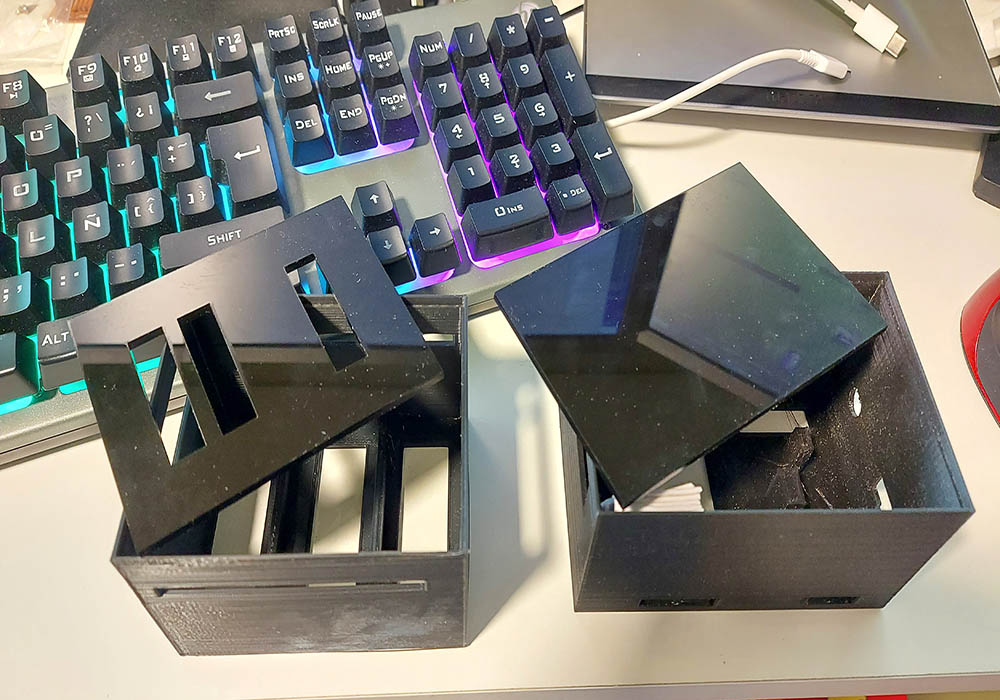
what processes will be used?
fabricate this various processes will be used:
cnc machining for bus stop columns
CNC milling for the electronic production
acrylic ceiling laser cutting
3D printing for the integration of pcb boards
what questions need to be answered?
¿How to integrate the sensors and the mobile app, to make them work independently?
¿The design of the roof of the bus stop will contain enough soil to support the plants?
how will it be evaluated?
I would consider my design successful if I manage to integrate all the electronics, to be able to
detect movement to activate the lights at night, and if the humidity sensors maintain the necessary humidity to keep the garden planted on the roof.
Conclusions
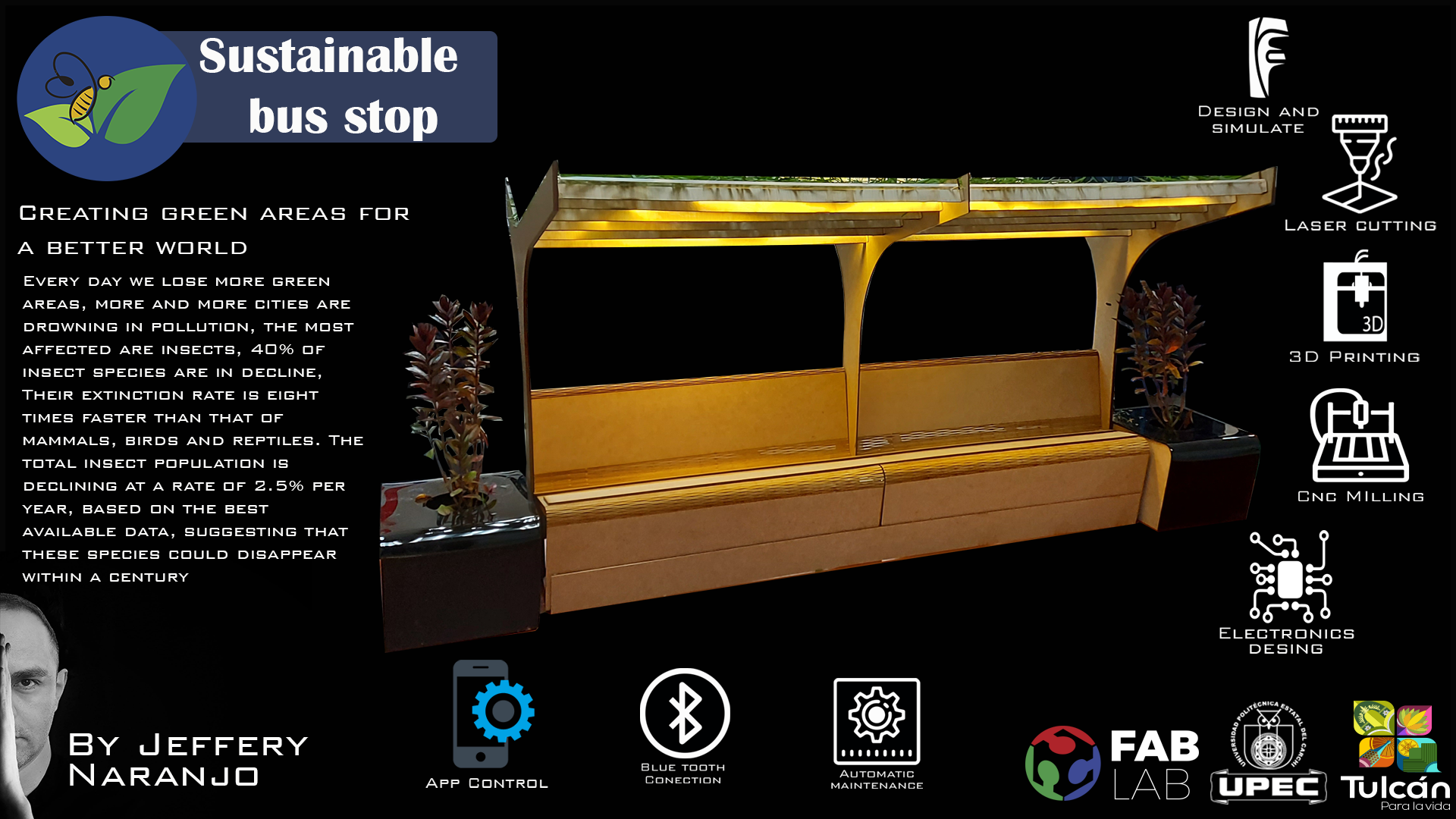




 – Florianópolis,
Santa Catarina, Brasil:
– Florianópolis,
Santa Catarina, Brasil:
 - Bird Bus Stop:
- Bird Bus Stop:

